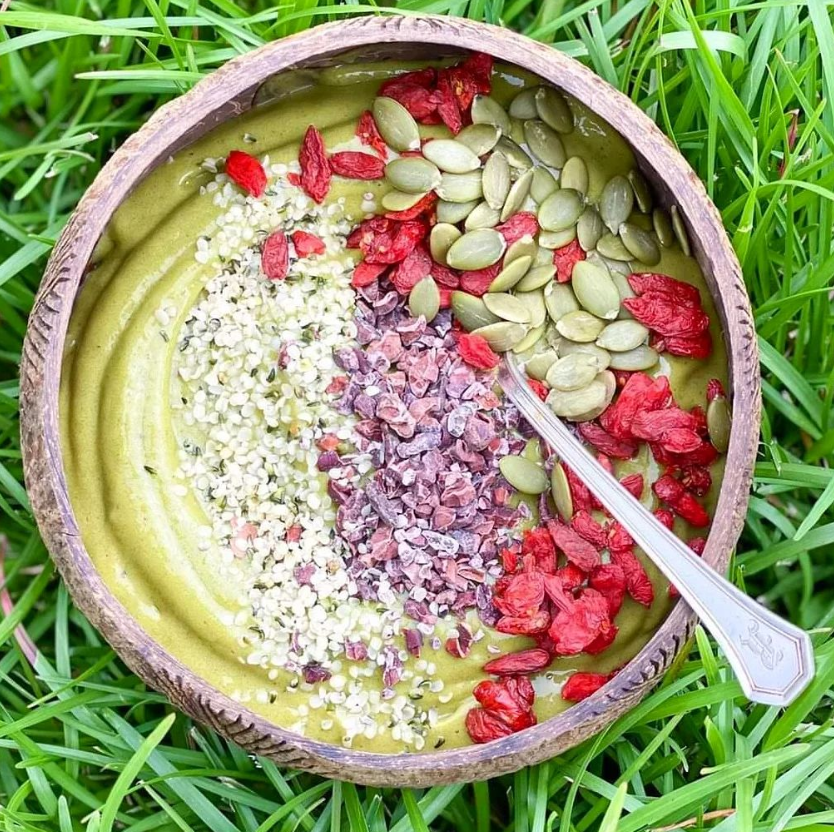For many consumers, gluten or even the amount of carbs in regular bread is proving to be a dietary issue. Celiac disease is present in about 1% of the U.S. population. Celiac causes the immune system to attack any gluten ingested, damaging the digestive tract and notably the small intestine. About 0.4% of the U.S. population that is not diagnosed with celiac report intolerance to gluten, which can cause stomach cramps, bloating, gas, and diarrhea.
For this reason, many gluten-free options have become more readily available. Most stores have a gluten-free food section with several varieties of gluten-free bread, snacks, and even some sweet treats. However, many people feel dissatisfied as they do not have the same flavor and texture as regular bread and other gluten-containing products. Even if they do enjoy the gluten-free products, many cannot afford them as they are more expensive.
There is another option. There are hundreds of recipes on how to make gluten-free bread at home. While the absence of gluten will always produce a different texture, the health benefits are substantial. Often, gluten-free substitutes contain fewer carbs and reduce refined sugar intake. These traits can lead to weight loss and help control other health conditions such as diabetes.
There are many alternatives to wheat flour on the market, and one of the most popular is almond flour. Dense in nutrients and fatty acids, almonds are often called a superfood. However, anyone who has taken a glance at anything marketed as gluten-free has seen a high price tag. The cost is another area where making gluten-free products at home can help. The cost of ingredients is often much lower than the price of the finished product. Not only will homemade food save money, but it allows the consumer to know precisely what is going into their body.
Yet, even ingredients can get pricey, which is why some people have begun making their own ingredients at home. Making flour may seem intimidating, but with a little time, the task is much easier than it may seem. According to Allrecipes.com, simply place a quarter cup of almonds in a blender or food processor and blend until fine and powdery. That’s it! Alternative flour is not limited to only almonds. Cashews, pecans, or even hazelnuts can be used individually or blended together.
Almond flour can replace regular all-purpose flour in most recipes. Leavening agents such as yeast or baking powder can also be used to make bread, cake, or other raised products. Almond flour is gluten-free, lower carb, and nutrient-dense, making it suitable for people on many different diets. People on keto, paleo, or other restrictive diets can make their own almond flour at home and enjoy many foods that were previously unavailable to them.
Gluten is common in many foods, but it is possible to avoid it without cutting out the foods everyone loves. By finding alternatives, such as almond flour or one of many other substitutes, even those with celiac disease can enjoy all the foods that they love. The possibilities are endless.
Sources






